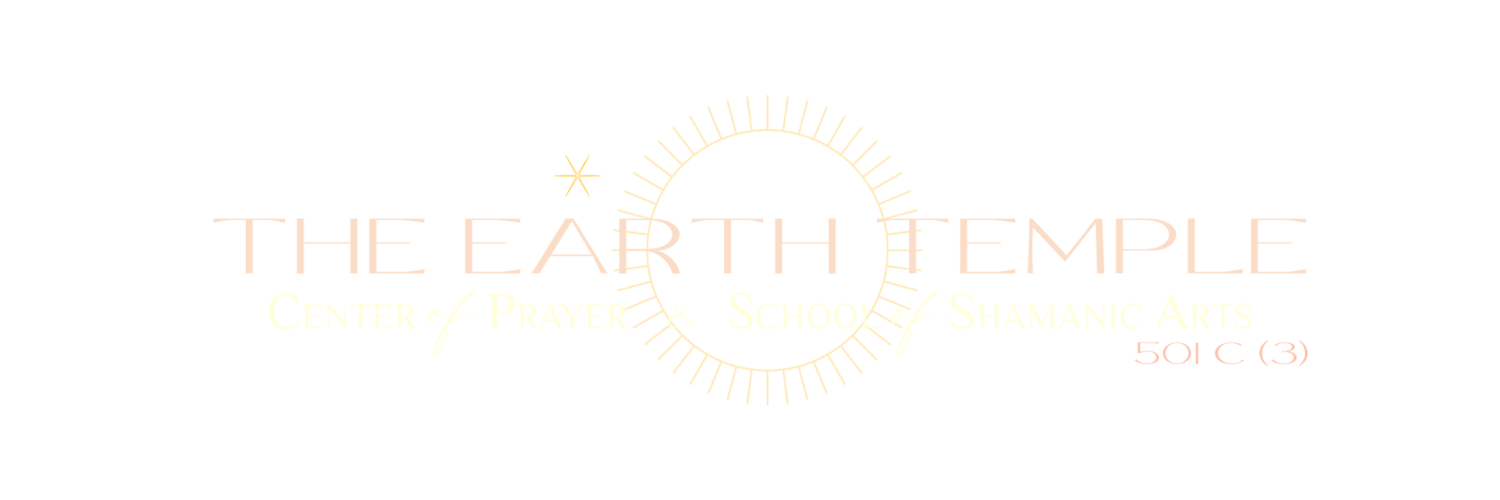
WELCOME TO CANNABIS
The Sacred Leaf for the Masses
THE CANNABIS STORY
Marijuana, also known as cannabis or pot, has a long history of human use. Most ancient cultures didn’t grow the plant to get high, but as herbal medicine, likely starting in Asia around 500 BCE. The history of cannabis cultivation in America dates back to the early colonists, who grew hemp for textiles and rope. Political and racial factors in the 20th century led to the criminalization of marijuana in the United States, though its legal status is changing in many places.
The cannabis or hemp plant originally evolved in Central Asia before people introduced the plant into Africa, Europe and eventually the Americas. Hemp fiber was used to make clothing, paper, sails and rope, and its seeds were used as food.
Because it’s a fast-growing plant that’s easy to cultivate and has many uses, hemp was widely grown throughout colonial America and at Spanish missions in the Southwest. In the early 1600s, the Virginia, Massachusetts and Connecticut colonies required farmers to grow hemp.
These early hemp plants had very low levels of tetrahydrocannabinol (THC), the chemical responsible for marijuana’s mind-altering effects.
There’s some evidence that ancient cultures knew about the psychoactive properties of the cannabis plant. They may have cultivated some varieties to produce higher levels of THC for use in religious ceremonies or healing practice.
Burned cannabis seeds have been found in the graves of shamans in China and Siberia from as early as 500 BC.
MEDICAL MARIJUANA
In the 1830s, Sir William Brooke O’Shaughnessy, an Irish doctor studying in India, found that cannabis extracts could help lessen stomach pain and vomiting in people suffering from cholera.
By the late 1800s, cannabis extracts were sold in pharmacies and doctors’ offices throughout Europe and the United States to treat stomach problems and other ailments.
Scientists later discovered that THC was the source of marijuana’s medicinal properties. As the psychoactive compound responsible for marijuana’s mind-altering effects, THC also interacts with areas of the brain that are able to lessen nausea and promote hunger.
In fact, the U.S. Food and Drug Administration has approved two drugs with THC that are prescribed in pill form, Marinol and Syndros, to treat nausea caused by cancer chemotherapy and loss of appetite in AIDs patients.
THE FDA’S STANCE ON CANNABIS
“There is a significant interest in the development of therapies and other consumer products derived from cannabis and its components, including cannabidiol (CBD). FDA recognizes the potential opportunities that cannabis or cannabis-derived compounds may offer and acknowledges the significant interest in these possibilities.”
Find out more about the USA’s changing federal policies regarding this sacred plant teacher, here.
SHAMANIC USE
** Cannabis has served as an entheogen—a chemical substance used in religious or spiritual contexts —in the Indian subcontinent since the Vedic period dating back to approximately 1500 BCE, but perhaps as far back as 2000 BCE. Cannabis has been used by shamanic and pagan cultures to ponder deeply religious and philosophical subjects related to their tribe or society, to achieve a form of enlightenment, to unravel unknown facts and realms of the human mind and subconscious, and also as an aphrodisiac during rituals or orgies.
There are several references in Greek mythology to a powerful drug that eliminated anguish and sorrow. Herodotus wrote about early ceremonial practices by the Scythians, thought to have occurred from the 5th to 2nd century BCE. Itinerant Hindu saints have used it in the Indian subcontinent for centuries.
Over the last few decades hundreds of archaeological and anthropological items of evidence have come out of Mexican, Mayan and Aztec cultures that suggest cannabis, along with magic mushrooms (psilocybin), peyote (mescaline) and other psychoactive plants were used in cultural shamanic and religious rituals. Mexican-Indian communities occasionally use cannabis in religious ceremonies by leaving bundles of it on church altars to be consumed by the attendees.
WE LOOK FORWARD TO CONNECTING DEEPER!
In the loving,
The Earth Temple; Center of Prayer & School of Shamanic Arts




